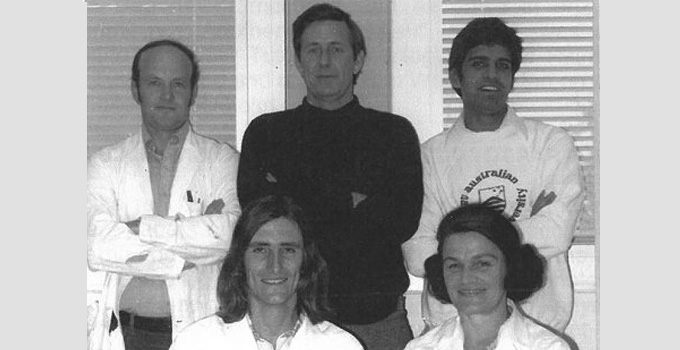The Shine-Dalgarno sequence - the beginnings of biotechnology
The Shine-Dalgarno sequence - the beginnings of biotechnology

Many proteins required for biotechnological or medical purposes (for example, insulin, enzymes, hormones etc) are produced in bacteria.
In 1973, Lynn Dalgarno, from the ANU Department of Biochemistry, and his PhD student John Shine, proposed an initiating signal for protein synthesis in prokaryotic cells. This ribosomal binding site in bacterial messenger RNA became known as the Shine-Dalgarno (SD) sequence. It enables initiation of protein synthesis by aligning the ribosome with the start codon.
Simply put, genes are read in groups of three letters, but you need to let the ribosome know where to start. For example, if you read “Our dog can see the cat”, it makes sense, but if you shift the starting point by one letter, it becomes “urd ogc ans eet hec ato”. The SD sequence tells the bacteria where to start protein synthesis so that the genes are read correctly.
This article is one of a set featuring the achievements and memorable occasions in the History of Biology at ANU.
